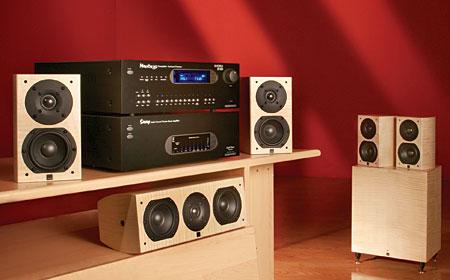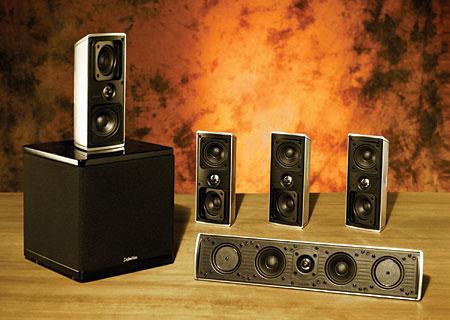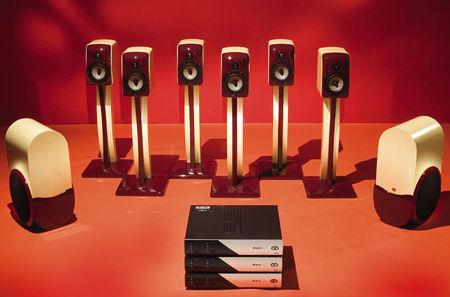Bookshelf Speaker Reviews
Sort By: Post Date TitlePublish Date
|
Aug 17, 2006
|
Jul 14, 2006
|
Jul 02, 2006
|
Jun 15, 2006
|
Apr 09, 2006
|
Jan 11, 2006
|
Jan 10, 2006 |
First Published: Jan 11, 2006
|
Dec 22, 2005
|
Oct 15, 2005 |
First Published: Oct 30, 2005



















